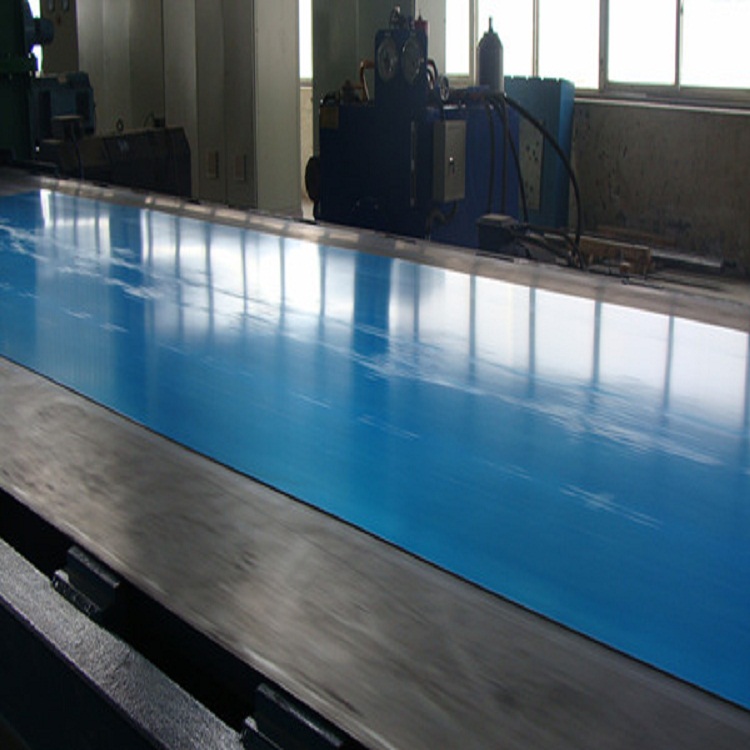Multi roll straightening machine, after the thin plate passes through this straightening machine, it does not extend itself, but only transforms large waves into small waves, making the plate surface almost flat. For plates with a thickness less than 0.8mm, it is difficult to straighten using this method. And the stretching bending straightening machine can cause both longitudinal and transverse deformation of the thin plate, thereby fully improving the flatness and material properties of the thin plate, greatly improving the thin plate straightening technology. In addition, due to the generation of bending stress through bending, the tensile force is greatly reduced. Based on experience, when using a tensile bending straightening machine, only 1/3-1/5 of the tension required for pure tensile straightening is required to achieve the same straightening effect. Moreover, its straightening effect is the best so far. Stretching, bending, and straightening are:
1. Good plate shape can be obtained. After straightening through stretching and bending, the wave edges, wave shapes, curls, and slight sickle bends on the board surface can be completely eliminated, greatly improving the flatness of the thin plate.
2. It is beneficial for improving the anisotropy of the material. The yield limits of deep drawn low-carbon steel sheets often exhibit anisotropy in both the longitudinal and transverse directions. Therefore, during deep drawing of thin plates, due to the different extension of each part, the thickness of each part of the punched part will be uneven, resulting in skirt like lace defects in the punched part, leading to an increase in the punching scrap rate. After straightening through stretching and bending, this situation can be greatly improved.





